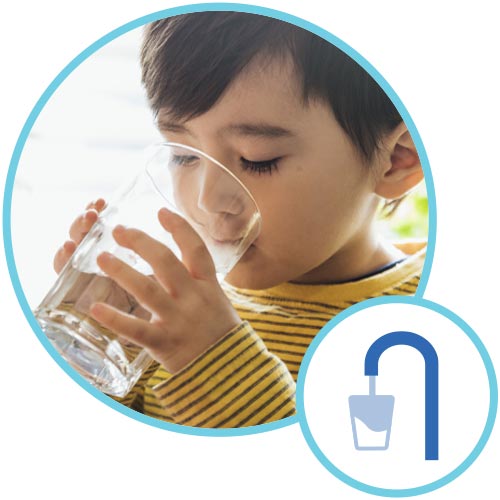Tooth decay is increasing

Tooth decay is increasing in children in KFL&A
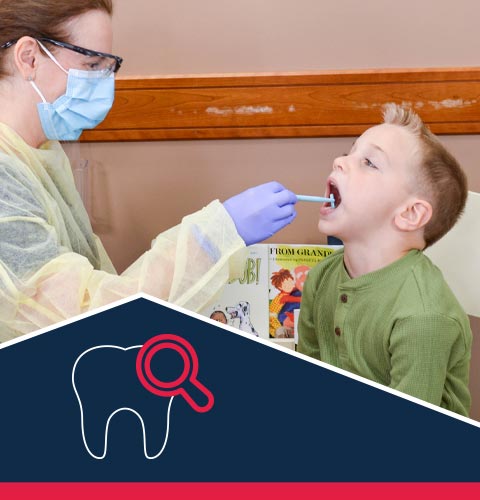
Each year KFL&A Public Health provides school dental screening to approximately 6,000 elementary school students in our region.
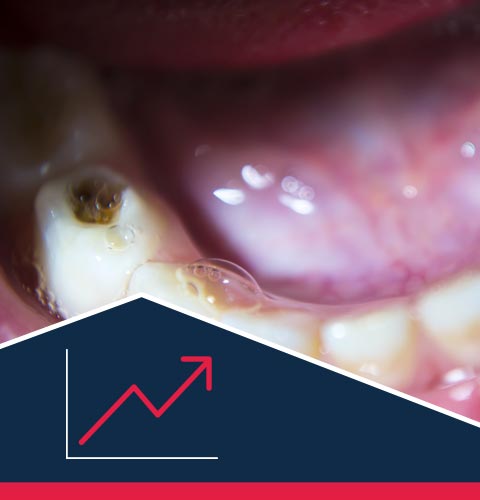
Tooth decay has increased by 60% in senior kindergarten children since 2019.
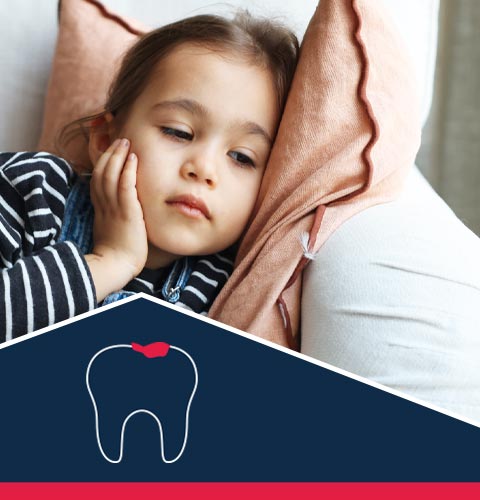
Last year 40% of senior kindergarten children experienced tooth decay, with an average of four teeth affected.
Many adults also suffer from tooth decay

Over 1,400 local emergency room visits per year for dental pain and infection.

Almost one in four adults avoid the dentist due to cost.

One in three adults do not have dental insurance or benefits.
Tooth decay causes pain. It can impact all parts of life.
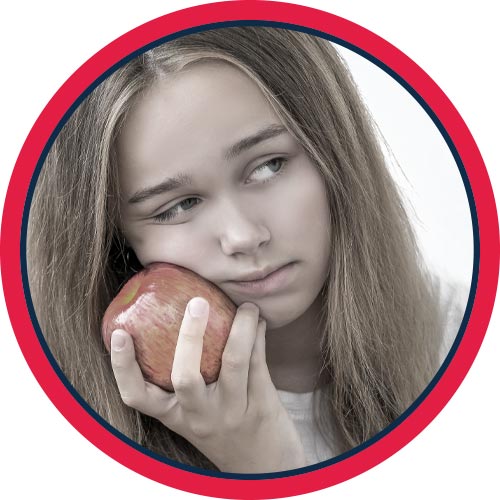
Eating
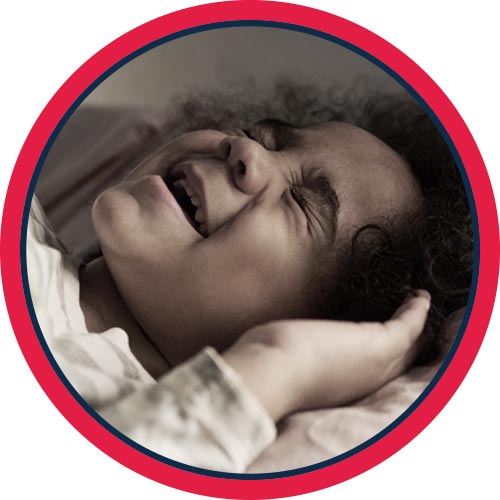
Sleeping
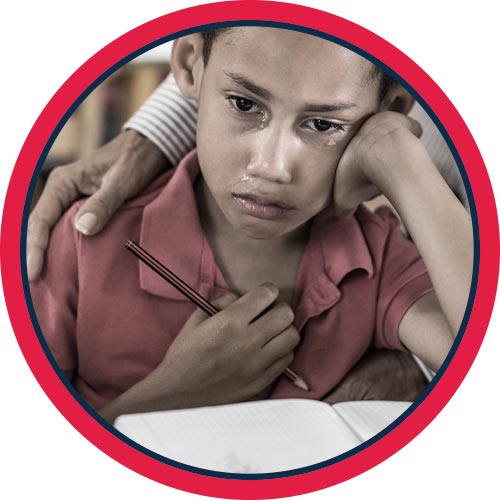
Focusing
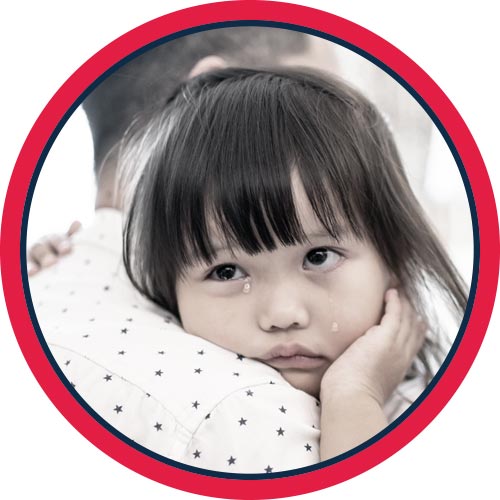
Attending school
Many actions help to prevent tooth decay in our community.

Healthy habits for healthy teeth
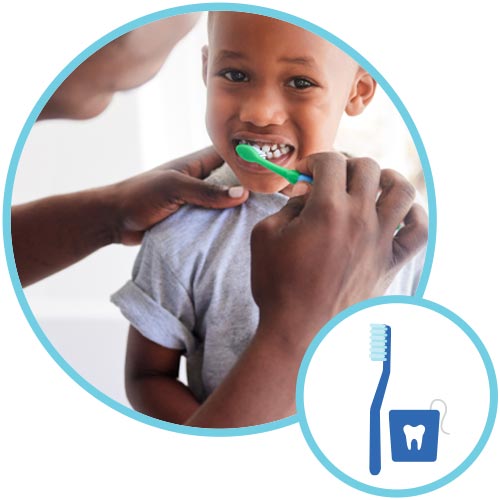
Children should have their teeth brushed two times a day every day and flossed daily.
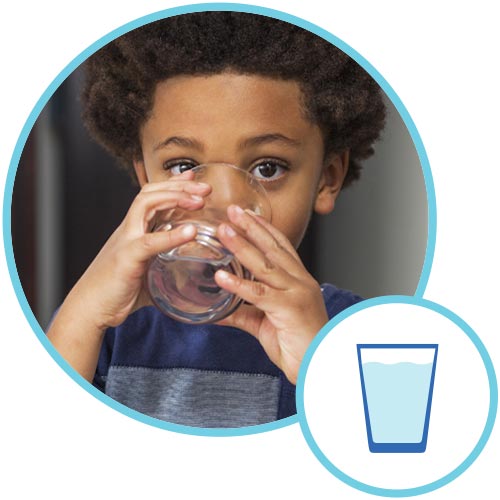
Drink water and limit sugary food and drinks.
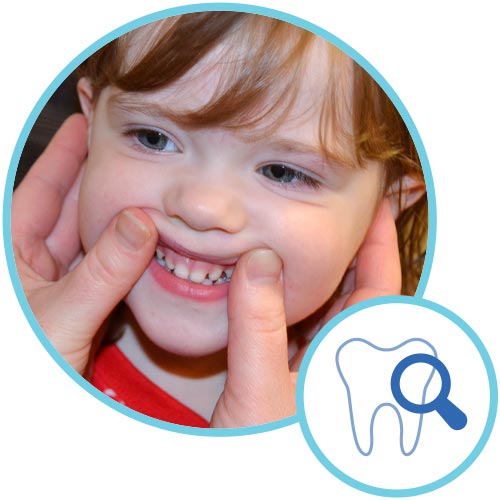
Parents can lift the lip and look at their children’s teeth to check for signs of tooth decay.
Visit the dentist for regular check-ups and fluoride treatments.
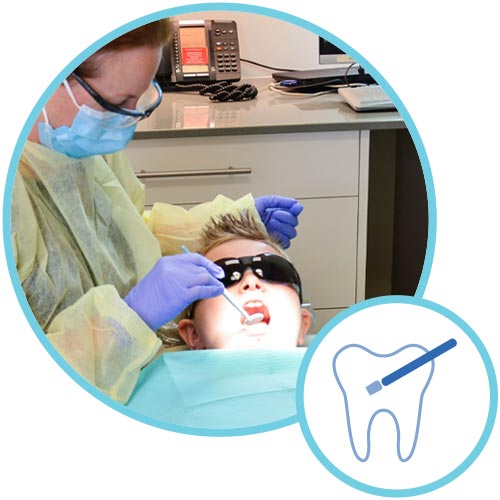
Community water fluoridation would help to prevent tooth decay for everyone.
